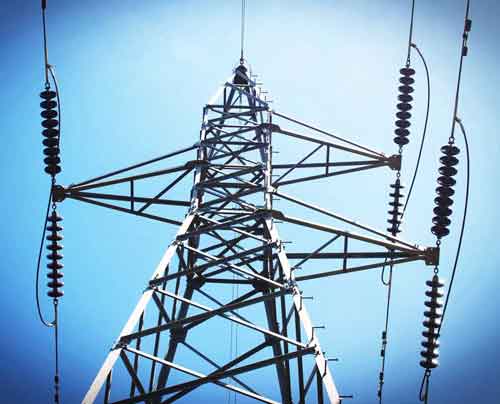New England Spot Power Prices Spike
BOSTON -- - Spot electricity prices in the New England Power Pool increased today as cold weather was expected to take over the Northeast.
Day-ahead power prices in NEPOOL gained $1.75 today, to average $51.00 a megawatt hour, a Bloomberg survey shows. High temperatures in Boston were forecast to drop over the weekend to 39 degrees Fahrenheit Sunday and 44 degrees Monday from today's high of 51 degrees, according to Lexington, Massachusetts- based Meteorlogix.
Weather Derivatives Inc., of Belton, Missouri, reported Monday's expected heating demand across New England was 43 percent above normal.
The Nuclear Regulatory Commission's Operations Center said all nuclear power plants in NEPOOL were running at full capacity this morning.
Electricity prices for next week delivery rose 50 cents today, averaging $50.50.
Related News

Garbage Truck Crash Knocks Down Power Poles in Little Haiti
MIAMI - Little Haiti Garbage Truck Power Outage in Miami after mechanical arms snagged power lines, snapping power poles; FPL crews, police, and businesses faced traffic delays, safety risks, and rapid restoration efforts across the neighborhood.
Key Points
A Miami incident where a garbage truck snagged power lines, toppling poles and causing outages and traffic delays.
✅ Mechanical arms caught overhead lines; three power poles snapped
✅ FPL dispatched, police directed traffic; restoration prioritized
✅ Dozens of businesses affected; afternoon rush hour congestion
On January 16, 2025, a significant incident unfolded in Miami's Little Haiti neighborhood when a…




